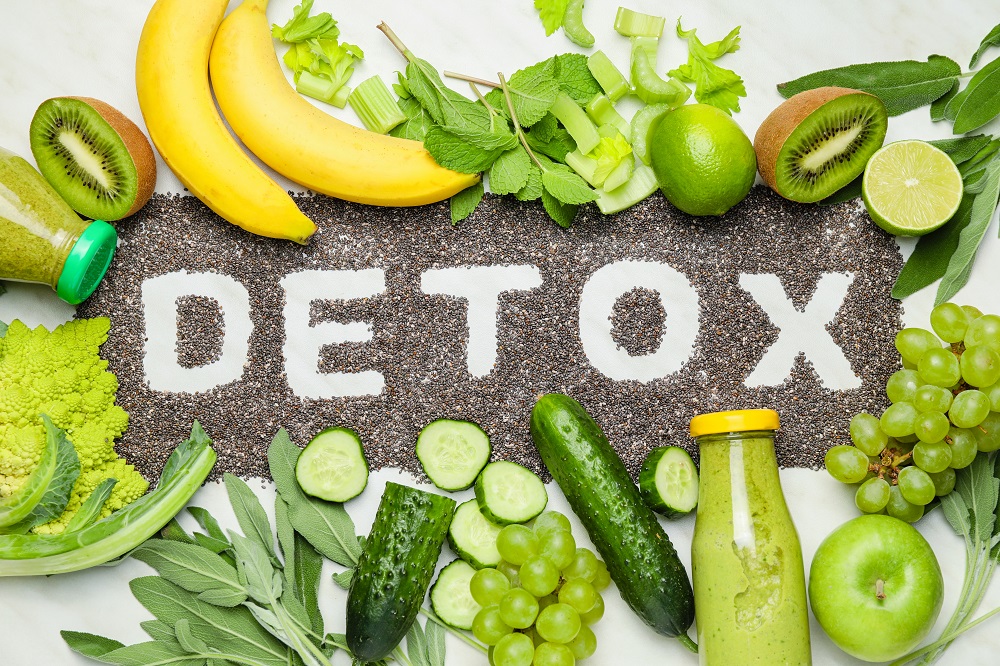In this article, we are going to learn on how to treat breast cancer.
Women are more likely to contract breast cancer than men. Just reading such sentences causes uneasiness in many women. That makes perfect sense. Almost everyone is familiar with someone who has had the disease.
However, there is a lot of good news regarding breast cancer these days. Treatments are getting better, and we know more than ever about how to ward off the illness. Your risk of developing breast cancer will be lowered by following these eight simple steps. Even though not every one of them applies to every woman, they all together can have a big impact.
1. Maintain a healthy weight:
Despite how often it has been said, maintaining a healthy weight is something that everyone should aim towards. Particularly after menopause, obesity increases the risk of several malignancies, including breast cancer.
2. Take part in exercise:
Women who exercise for at least 30 minutes a day had a lower risk of breast cancer, making exercise the closest thing to a magic cure for good health.
One of the best strategies to keep a healthy weight is to exercise regularly.
3. Eat Your Fruits and Vegetables and Keep Alcohol to a Minimum (Zero is Best):
Eating a nutritious diet helps lower the risk of breast cancer. Eat lots of fruits and vegetables and drink alcohol in moderation. However, moderate drinking can be good for the heart. Even low amounts of alcohol consumption can increase the risk of breast cancer in older people. And the healthiest choice is to refrain from drinking considering the various risks associated with alcohol.
4. Give up Smoking:
Both smokers and nonsmokers are aware of the risks associated with smoking. In addition to lowering quality of life and increasing the risk of heart disease, stroke, and at least 15 malignancies, including breast cancer, it also leads to poor breath, decayed teeth, and wrinkles. That alone should motivate you to either stop smoking or continue to do so.
5. Breastfeed if at all possible:
All children who breastfeed for a minimum of one year lower their risk of developing breast cancer. Additionally, it’s good for the kid’s health.
6. Refrain from using birth control after age 35 or if you smoke:
Pills for birth control have benefits and drawbacks. The younger the woman, the lower the risk. Breast cancer risk is somewhat increased for women who use birth control pills.
However, this risk disappears right soon if you stop using the medication.
A woman’s risk of heart attack and stroke while taking the pill rises, especially if she smokes. On the other side, long-term use has a lot going for it, including the ability to reduce the risk of ovarian cancer, colon cancer, and uterine cancer, as well as unintended pregnancy. One approach to lower your risk of developing breast cancer is to stay away from birth control tablets.
7. Avoid using postmenopausal hormones:
It is not advised to utilize postmenopausal hormones long-term to ward off chronic illnesses like osteoporosis and heart disease. Studies show that they have a conflicted impact on health, increasing some diseases’ risks while lowering others, and that estrogen-only and estrogen-plus-progestin hormones both increase the risk of breast cancer.
If postmenopausal hormones are utilized, they ought to be for the shortest amount of time possible. The best person to discuss the risks and benefits of post-menopausal hormones with is your doctor.
8. Tamoxifen with raloxifene for women at high risk:
Tamoxifen is a prescription drug used to treat breast cancer, and raloxifene can significantly lower the risk of coronary artery disease and breast cancer in women who are at high risk of the disease, despite the fact that it isn’t normally considered of as a “healthy” meal.
This product has FDA approval for breast cancer prevention.
Be cautious since these strong drugs may have unwanted side effects.
If you think you are eligible, they aren’t appropriate for everyone.
If you have a high chance of developing breast cancer, discuss the benefits of raloxifene or tamoxifen with your doctor.
Discover who your ancestors were.
Knowing your family history is essential because women with a strong history of cancer may take extra efforts to protect themselves. If your mother, sister, or many other family members (including men) have had breast, ovarian, or prostate cancer, you may be at a high risk of developing the disease. This is especially true if they were diagnosed while they were young.
You can get help from a doctor or genetic counselor to research the family history of your disease.
Mammograms must not be disregarded. Mammograms prevent death by early-stage breast cancer detection.
Cancer cannot be prevented, however early discovery when the disease is more treatable can assist.
Most women should get yearly mammograms starting at age 40.
For women who are more likely to develop breast cancer, mammograms may need to be started earlier.
Therefore, you should see a doctor about any breast cancer risk factors you might have around the age of 30 to see whether you might benefit from an early test. Self-examinations of the breast shouldn’t be performed routinely for screening purposes.
They haven’t been shown to have any advantages.
However, you should be aware of your breasts and immediately notify a medical professional of any changes in their appearance or sensation.




